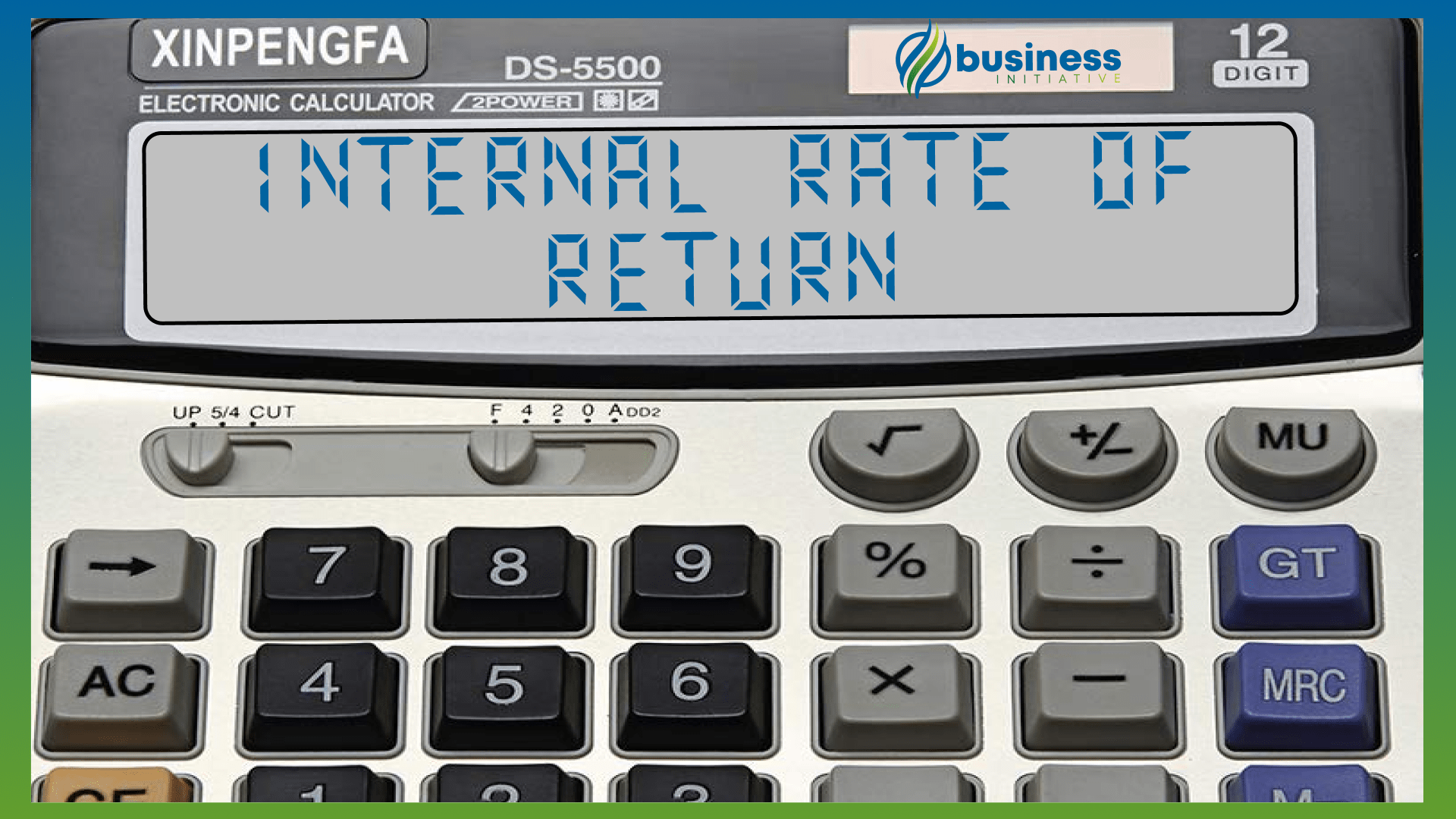What is Internal Rate of Return?
Internal rate of return (IRR) is a financial metric used to estimate the profitability of potential investments.
It is the discount rate at which the net present value (NPV) of an investment’s cash flows equals zero.
In simpler terms, IRR represents the percentage rate earned on each dollar invested for each period it is invested.
Internal Rate of Return (IRR) Calculator
To easily compute the internal rate of return, you can use our simple calculator.
Just input the initial investment and cash flows for each period, then click “Calculate.”
<table id="cashFlowTable">
<tr>
<th>Period</th>
<th>Cash Flow</th>
</tr>
<tr>
<td></td>
<td></td>
</tr>
</table>
Why is Internal Rate of Return Important?
IRR is an essential tool for investors looking to evaluate potential investments’ profitability and risk.
It helps investors compare different investment opportunities and determine which one has a higher expected return.
IRR also considers the time value of money, making it a more accurate measure than other methods that do not account for this factor.
How to Use IRR Properly
To use IRR effectively, investors must understand its limitations and assumptions.
For instance, IRR assumes that all cash flows are reinvested at the same rate as the project’s internal rate of return.
It also assumes that cash inflows received in later periods are reinvested immediately at the same rate as earlier periods.
Investors should also be aware that IRR does not account for differences in project size or duration, making it less useful when comparing investments with different timelines or magnitudes.
Despite these limitations, IRR remains a valuable tool for evaluating investment opportunities’ profitability and risk.
By understanding how to use it properly, investors can make informed decisions about where to allocate their capital and maximize their returns.
FAQs - Frequentl Asked Questions About Internal Rate of Return

What is the difference between IRR and ROI?
ROI measures the amount of return on an investment relative to its cost, while IRR is the discount rate that makes the net present value of an investment's cash flows equal zero.
Learn More...
Return on investment (ROI) and internal rate of return (IRR) are both metrics used to evaluate the profitability of potential investments.
However, they differ in several key ways. ROI measures the amount of return on an investment relative to its cost, expressed as a percentage.
It does not consider the time value of money or take into account the duration of an investment.
On the other hand, IRR is a more comprehensive metric that accounts for both the magnitude and timing of an investment's cash flows.
It calculates the discount rate at which all future cash inflows from an investment are equal to its initial cost.
While ROI is a useful metric for assessing short-term profitability, IRR provides a more accurate measure of long-term value creation.
What is a good IRR?
A good IRR depends on several factors, including industry norms, project risks, and investor preferences.
Learn More...
There is no one-size-fits-all answer to what constitutes a 'good' internal rate of return (IRR).
The ideal IRR varies depending on industry norms, project risks, and investor preferences.
For instance, some industries may have higher average IRRs than others due to factors like technological innovation or market volatility.
Additionally, projects with higher risks may require higher IRRs to justify the investment.
Finally, investors' preferences and risk tolerance also play a role in determining what constitutes a good IRR.
While some may be comfortable with lower returns in exchange for greater certainty, others may prioritize maximizing returns even if it means taking on more risk.
What are some real-world examples of IRR?
Real estate development, private equity, and venture capital are all industries that commonly use IRR as a metric for evaluating potential investments.
Learn More...
Internal rate of return (IRR) is a widely used metric in many industries, including real estate development, private equity, and venture capital.
In real estate development, developers use IRR to evaluate the profitability of potential projects by comparing the expected returns to the project's costs.
Private equity firms use IRR to assess the attractiveness of potential investments in companies by estimating future cash flows and discounting them back to their present value.
Similarly, venture capitalists use IRR to evaluate early-stage companies' potential by assessing their growth prospects and estimating future cash flows.


